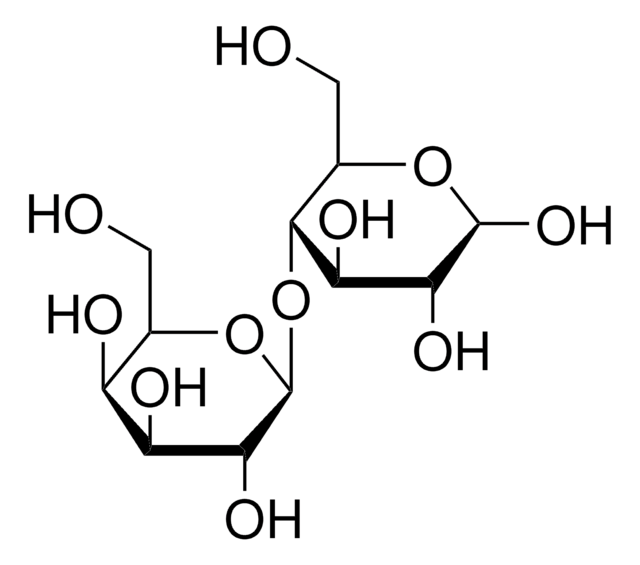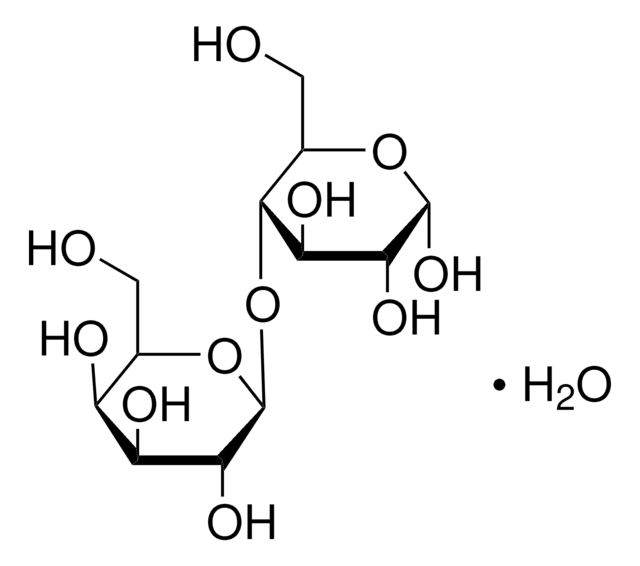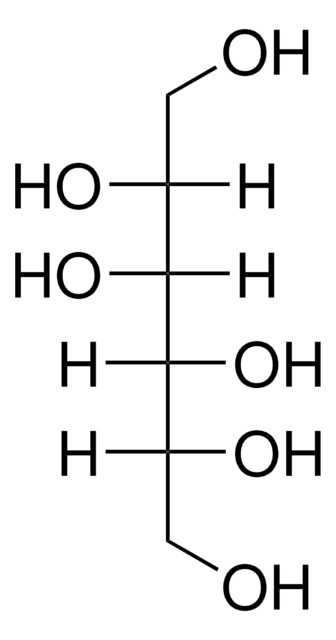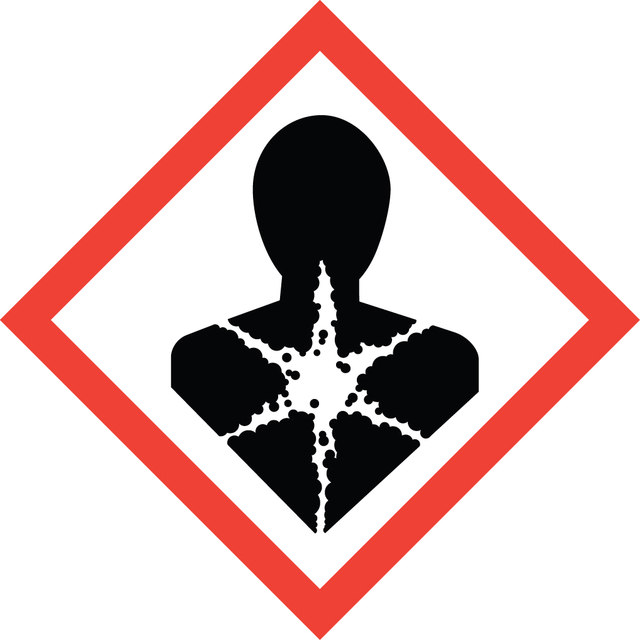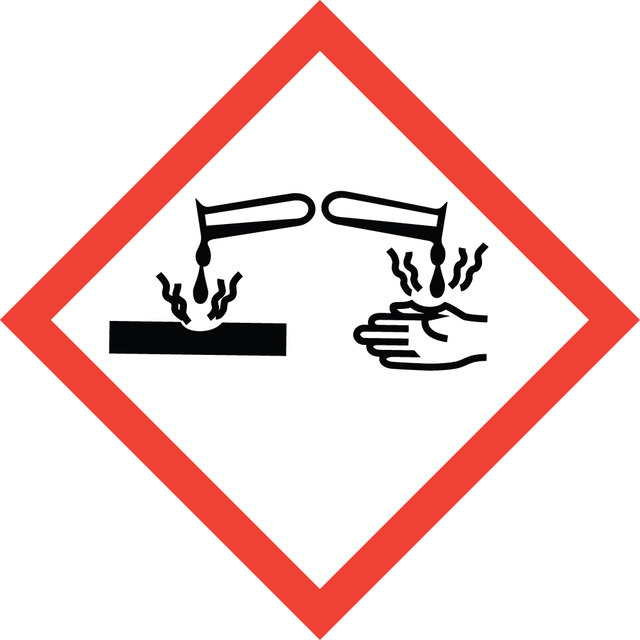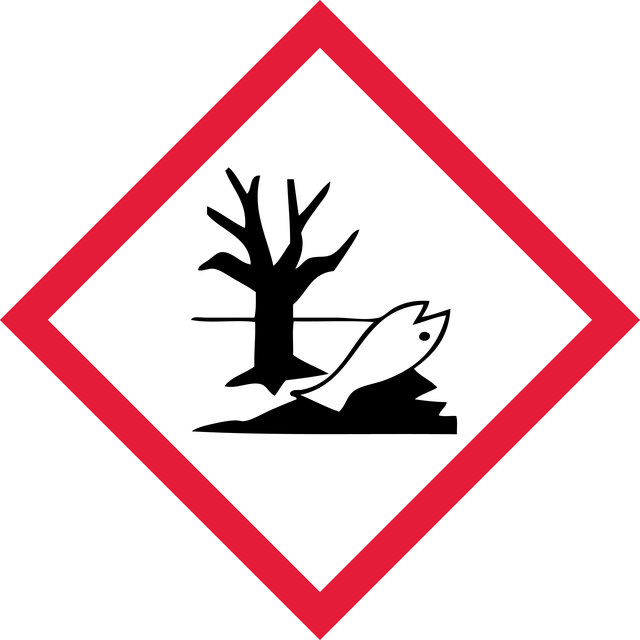PRCYTA-40K-PX48
MILLIPLEX® Non-Human Primate Cytokine/Chemokine/Growth Factor Panel A 48-Plex Premixed Magnetic Bead Panel
Synonyme(s) :
48-Plex Cytokine Beads, Cytokine Magnetic Bead Panel, Primate Cytokine Panel
Sélectionner une taille de conditionnement
196 300 KRW
Sélectionner une taille de conditionnement
About This Item
196 300 KRW
Produits recommandés
Espèces réactives
nonhuman primates
assay range
accuracy: 80-102%
inter-assay cv: <20%
intra-assay cv: <10%
inter-assay cv: <30%
(TNF-α)
Technique(s)
multiplexing: suitable
Méthode de détection
fluorometric (Luminex® MAP)
Conditions d'expédition
wet ice
Température de stockage
2-8°C
1 of 4
Cet article | 211605 | 450308 | 208299 |
|---|---|---|---|
| form crystals, powder and chunks | form powder, crystals or chunks | form powder and chunks | form solid |
| assay 99.999% trace metals basis | assay 99.9% trace metals basis | assay 99.99% trace metals basis | assay 98% |
| Quality Level 100 | Quality Level 100 | Quality Level 100 | Quality Level 100 |
| vapor pressure 0.01 mmHg ( 20 °C) | vapor pressure - | vapor pressure - | vapor pressure 10 mmHg ( 656 °C) |
| impurities ≤15.0 ppm Trace Metal Analysis | impurities ≤1500.0 ppm Trace Rare Earth Analysis | impurities ≤30.0 ppm Trace Metal Analysis | impurities - |
| density 2.15 g/mL at 25 °C (lit.) | density - | density 1.69 g/mL at 25 °C (lit.) | density 3.327 g/mL at 25 °C (lit.) |
Description générale
The MILLIPLEX® Non-Human Primate Cytokine/Chemokine/Growth Factor Panel A 48-Plex Premixed Magnetic Bead Panel is a 48-plex kit to be used for the simultaneous quantification of the following analytes in serum or plasma samples and tissue/cell lysate and culture supernatant samples: BCA-1, sCD137, sCD40L, Eotaxin, sFASL, FGF-2, Fractalkine, G-CSF, GM-CSF, Granzyme A, Granzyme B, IFNa2, IFN?, IL-1a, IL-1ß, IL-1RA, IL-2, IL-4, IL-5, IL-6, IL-7, IL-8, IL-10, IL-12 (p70), IL-15, IL-16, IL-17A, IL-17E, IL-18, IL-21, IL-22, IL-23, IL-28A, IL-31, IL-33, IP-10, I-TAC, MCP-1, MIG, MIP-1a, MIP-1ß, MIP-3a, Perforin, RANTES, TGFa, TNFa, TNFß, VEGF-A.
Spécificité
Application
- Analytes: BCA-1, sCD137, CD40L, Eotaxin, sFASL, FGF-2, Fractalkine, G-CSF, GM-CSF, Granzyme A, Granzyme B, IFN?2, IFN?, IL-1?, IL-1?, IL-1RA, IL-2, IL-4, IL-5, IL-6, IL-7, IL-8, IL-10, IL-12 (p70), IL-15, IL-16, IL-17A, IL-17E, IL-18, IL-21, IL-22, IL-23, IL-28A, IL-31, IL-33, IP-10, I-TAC, MCP-1, MIG, MIP-1?, MIP-1?, MIP-3?, Perforin, RANTES, TGF?, TNF?, TNF?, VEGF-A
- Recommended Sample type: Serum, plasma or tissue/cell lysate and culture supernatant samples
- Recommended Sample dilution: Neat plasma or serum. Tissue culture supernatant may require a dilution with an appropriate control medium prior to assay. RANTES requires a 1:100 dilution of plasma/serum samples.
NOTE: RANTES cannot be plexed with other cytokines in this panel due to a required 1:100 dilution of plasma/serum samples. This premixed panel comes with a RANTES bead, so please plan your samples accordingly.
Note: The serum/plasma samples of some non-human primate species may require up to 1:100 dilution in Assay Buffer for IL-8.
- Assay Run Time: Overnight or two-hour primary incubation. For best results, an overnight incubation is recommended
- Research Category: Inflammation & Immunology
- Research Sub Category: Obesity, Metabolic Disorders, Inflammation & Autoimmune Mechanisms
Caractéristiques et avantages
Stockage et stabilité
- Recommended storage for kit components is 2 - 8°C.
- For long-term storage, freeze reconstituted standards and controls at -20°C. Avoid multiple freeze/thaw cycles.
- DO NOT FREEZE Antibody-Immobilized Beads, Detection Antibody, and Streptavidin-Phycoerythrin.
Informations légales
Mention d'avertissement
Danger
Mentions de danger
Classification des risques
Acute Tox. 4 Dermal - Acute Tox. 4 Inhalation - Acute Tox. 4 Oral - Aquatic Chronic 2 - Eye Dam. 1 - Skin Sens. 1 - STOT RE 2
Organes cibles
Respiratory Tract
Code de la classe de stockage
10 - Combustible liquids
Certificats d'analyse (COA)
Recherchez un Certificats d'analyse (COA) en saisissant le numéro de lot du produit. Les numéros de lot figurent sur l'étiquette du produit après les mots "Lot" ou "Batch".
Déjà en possession de ce produit ?
Retrouvez la documentation relative aux produits que vous avez récemment achetés dans la Bibliothèque de documents.
Notre équipe de scientifiques dispose d'une expérience dans tous les secteurs de la recherche, notamment en sciences de la vie, science des matériaux, synthèse chimique, chromatographie, analyse et dans de nombreux autres domaines..
Contacter notre Service technique
